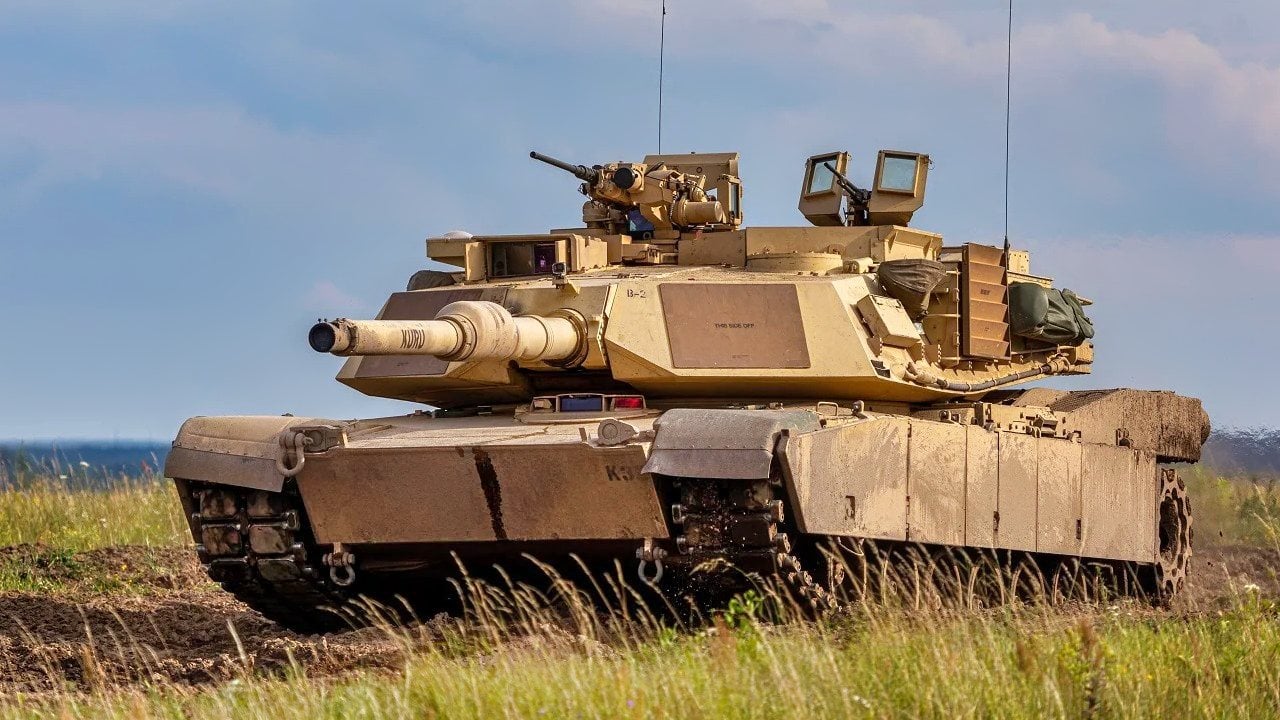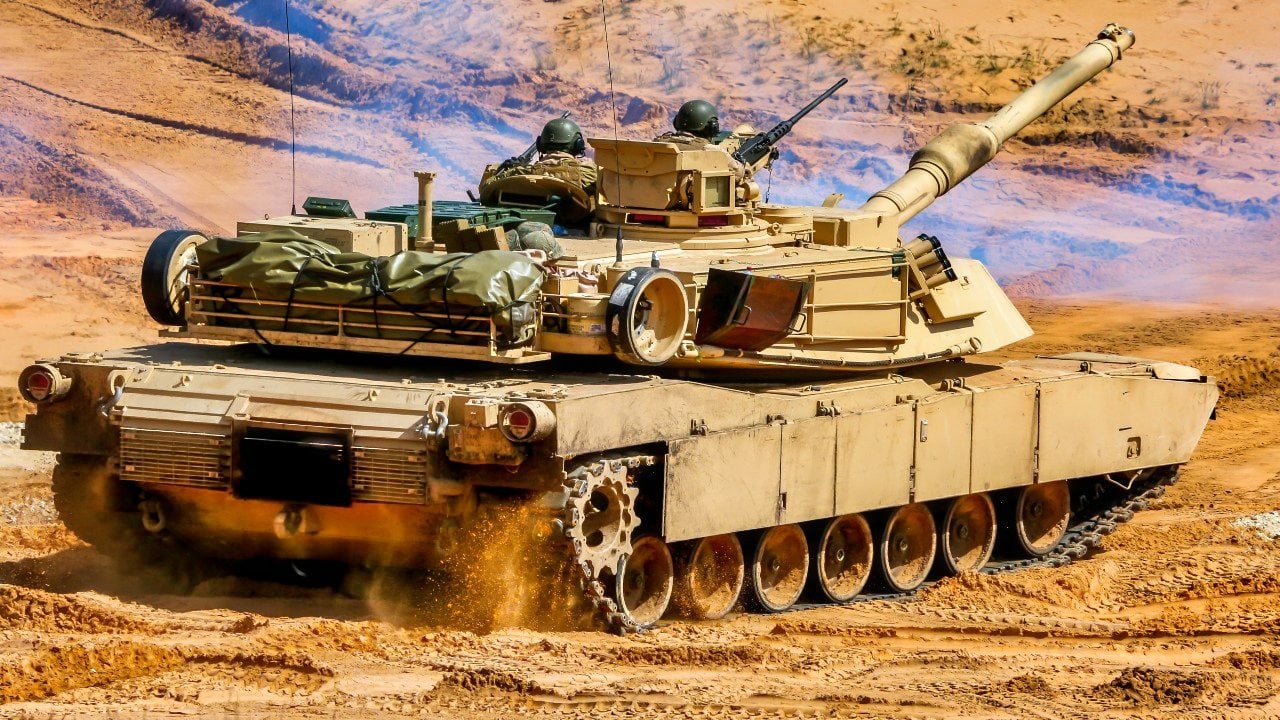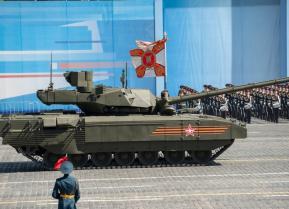M1A3 Abrams: The U.S. Army's New Tank That No Military Can Beat?
In September, the Army decided to scuttle a long-awaited upgrade to its M1A2 Abrams tank and focus its efforts on a completely new version. In addition to new technology and features, the M1A3 (currently known as the M1E3) will include all the best features from the scuttled System Enhancement Package version 4 (SEPv4).
Here comes the M1A3 Abrams Tank: It’s been over 20 years since the U.S. Army had to fight a conventional army head-on. Since then, most of the fighting has been against terrorists and insurgents. As such, the Army hasn’t had the chance to test its main battle tank against near-peer threats.
The conflict in Ukraine shows that tanks are very much part of modern warfare. So, with competition with China on the rise, the Army has decided to move forward with a new tank.
The M1A3 Abrams
In September, the Army decided to scuttle a long-awaited upgrade to its M1A2 Abrams tank and focus its efforts on a completely new version. In addition to new technology and features, the M1A3 (currently known as the M1E3) will include all the best features from the scuttled System Enhancement Package version 4 (SEPv4).
Lighter, more efficient, modular, and full of technology. That is what the Army is looking to do with its new main battle tank.
But perhaps one of the key features of the M1A3 Abrams will be its modularity. As with other advanced weapon systems under development—for example, the Next Generation Air Dominance fighter jet—the U.S. military is trying to create modular weapon systems that can easily and quickly be upgraded with future technological advances. Essentially, by doing this, the Pentagon is trying to save money and resources for developing new weapon systems every time a major new technological development occurs.
“This will enable the Army and its commercial partners to design a more survivable, lighter tank that will be more effective on the battlefield at initial fielding and more easy [sic] to upgrade in the future.”
Brig. General Geoffrey Norman, the director of the Next-Generation Combat Vehicle Cross-Functional Team, which seeks to develop America’s future battle tank, provided some insight on what data the Army is using to develop its new main battle tanks.

“We appreciate that future battlefields pose new challenges to the tank as we study recent and ongoing conflicts,” Brig. Gen. Norman said in a press release. “We must optimize the Abrams’ mobility and survivability to allow the tank to continue to close with and destroy the enemy as the apex predator on future battlefields.”
If the fighting in Ukraine has shown anything, it is that tanks are very much back on the menu. Years of nation-state conflict encouraged some politicians and analysts to argue that amidst technological developments, the age of the tank was over. But the reality on the ground proved them wrong.

The Ukrainian and Russian militaries use main battle tanks for both offensive and defensive operations. The armored behemoths are often the key links of the chain that support advancing or defending infantry. To be sure, there aren’t any large-scale tank-on-tank battles because drones and artillery wouldn’t allow it. But the tank still plays an important role in the tactics of both sides. So, it is natural to expect that a conflict with China or Russia would require tanks, though not necessarily to the same degree or roles as in fighting in Ukraine.
About the Author
Stavros Atlamazoglou is a seasoned defense journalist specializing in special operations and a Hellenic Army veteran (national service with the 575th Marine Battalion and Army HQ). He holds a BA from Johns Hopkins University and an MA from the Johns Hopkins School of Advanced International Studies (SAIS). His work has been featured in Business Insider, Sandboxx, and SOFREP. Email the author: [email protected].


